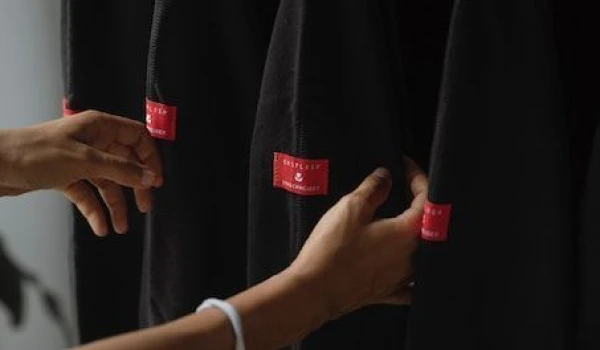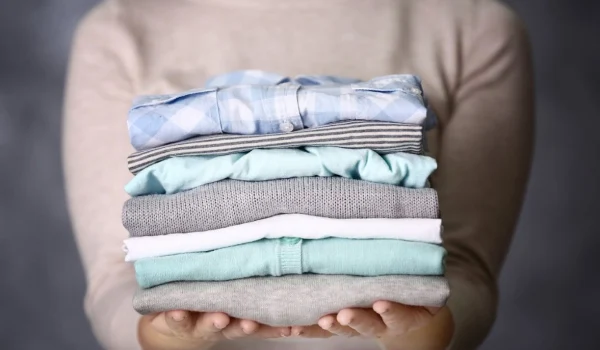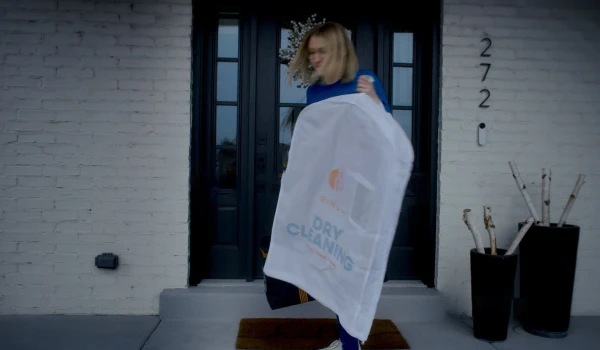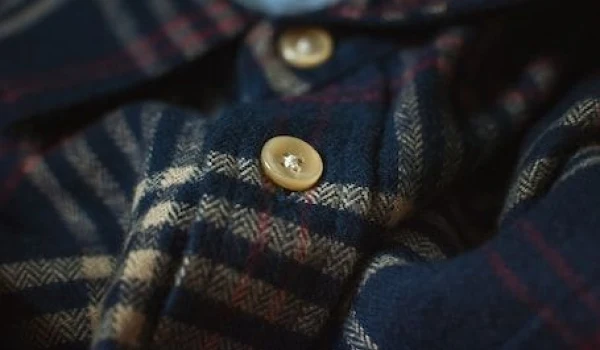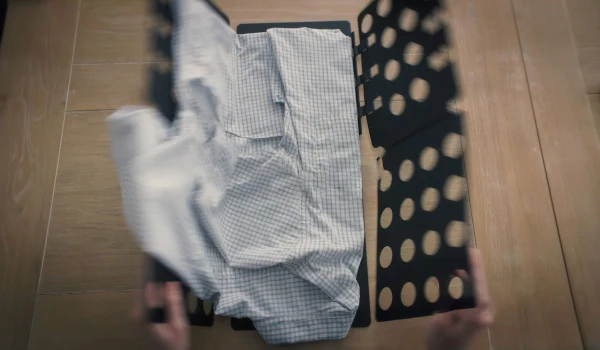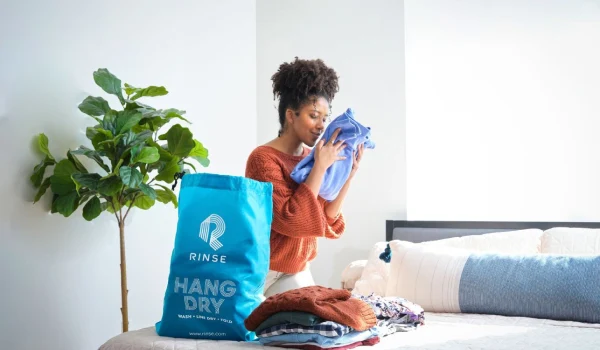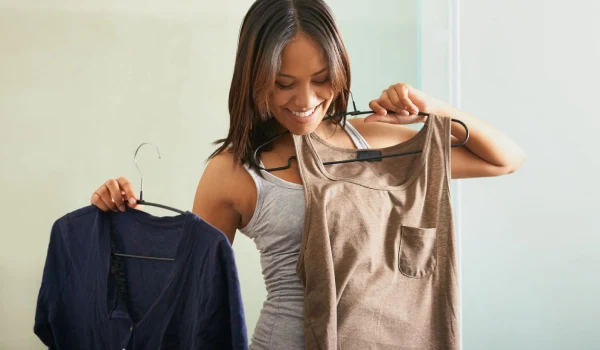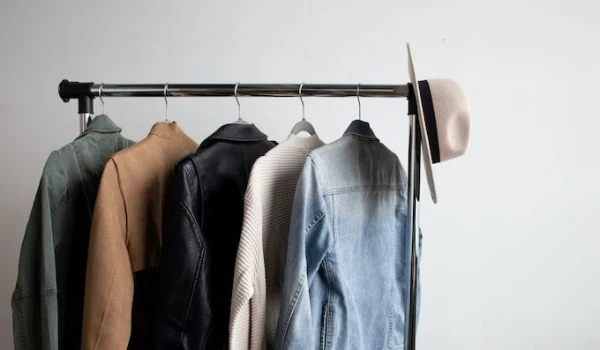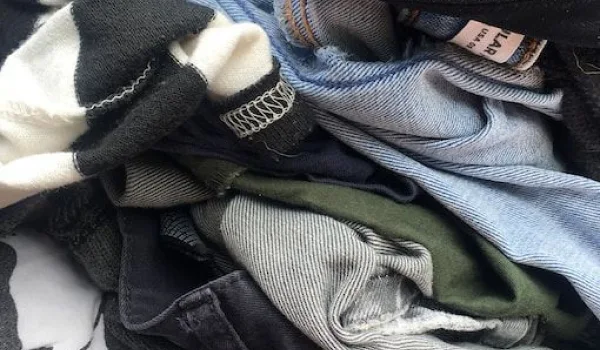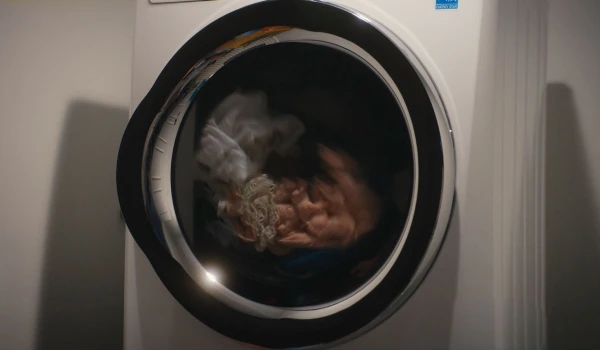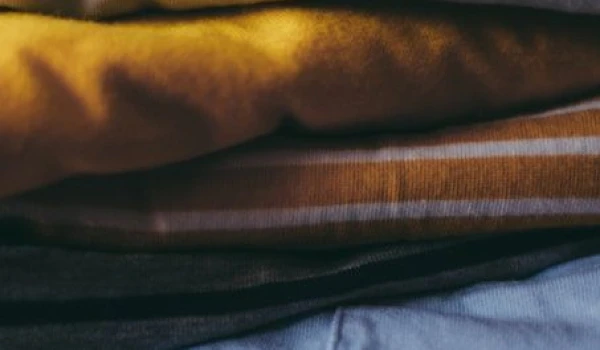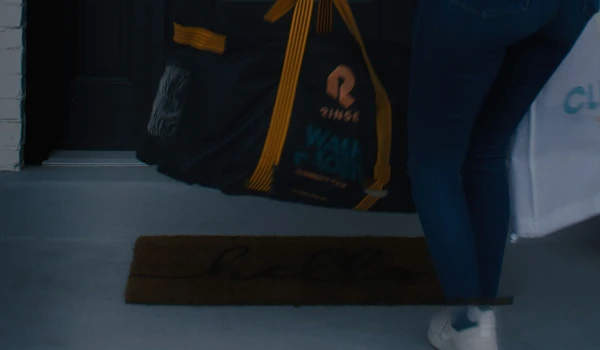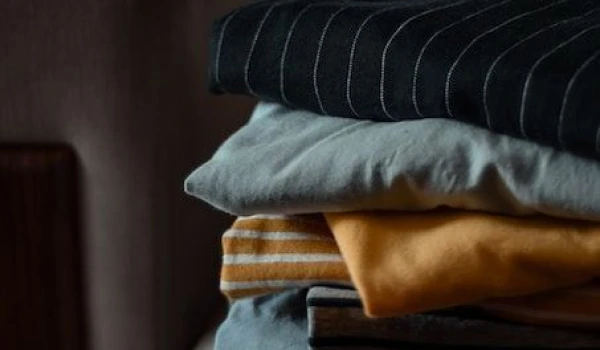Introduction
Washing table linens is one of the most attention-requiring tasks in any hospitality or food service establishment. You need to know the right technique, the correct washing machine settings to use, and how to remove difficult stains without damaging the fabric.
It's not just important to keep table linens clean for hygiene; it also serves as an aesthetic element in any dining setting.
Naturally, many questions come up when cleaning these linens. Do you air dry or use a dryer? Do you iron or steam the table linen? What about fabric softener – can you use it?
We'll answer these and many other questions about washing table linens below. Read on!
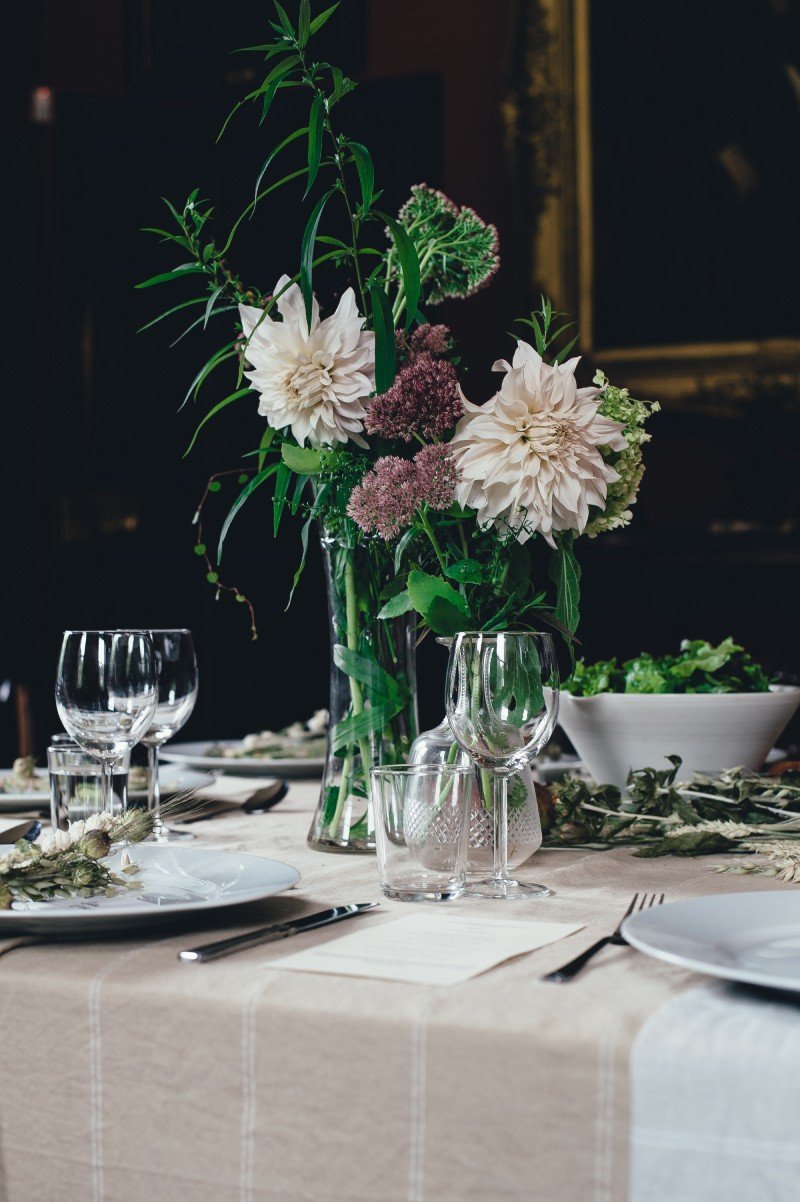
How to Wash Your Restaurant's Tablecloths and Linens
It's best to approach washing table linens in a series of steps:
Step 1: Pretreat Stubborn Stains (Grease, Wine, Coffee)
Before throwing your table linens into the wash, it's wise to pretreat any stubborn stains. We don't want the stains setting in, do we?
Use a stain remover or a mixture with vinegar to dab on the stain.
Pro Tip: For red wine stains, apply salt to the area to absorb the excess liquid before using a stain remover. Salt will remove the color from the linen tablecloth or napkin.
After pretreating, let it sit for about 10 minutes before moving on to the next step.
Step 2: Check for Colorfastness
Simply put, "colorfastness" is the ability of a fabric to resist fading or bleeding during washing. Luckily, most table linens are white, so this isn't an issue.
However, some restaurants have colored tablecloths or napkins for customization. If you're one of them, this step is for you.
Dip a corner of the tablecloth in a water and detergent solution. Then, blot it on a white paper towel. If there's color transfer, wash your linens separately to avoid staining other linens. Also, use cold water for such fabrics.
Step 3: Select the Right Detergent
A regular detergent works well for most table linens. However, if yours gets very soiled, use a heavy-duty detergent.
You can also use a fabric softener to keep your linens feeling soft and fresh. We recommend using a fragrance-free option to ensure guests' sensitivities are not triggered.
Step 4: Select the Water Temperature
Most table linens are safe to wash in warm or cold water. It's up to you to choose what you prefer.
Just a heads up that hot water can cause shrinkage, especially for natural fibers like cotton and linen. Check the care label for specific recommendations.
Step 5: Set the Washing Machine Cycle
The washing machine cycle will depend on the fabric. For a linen tablecloth, the gentle or delicate cycle will do.
However, if you use synthetic fabrics or cotton, use the permanent press cycle. It finishes with a cold water rinse so your tablecloth doesn't wrinkle.
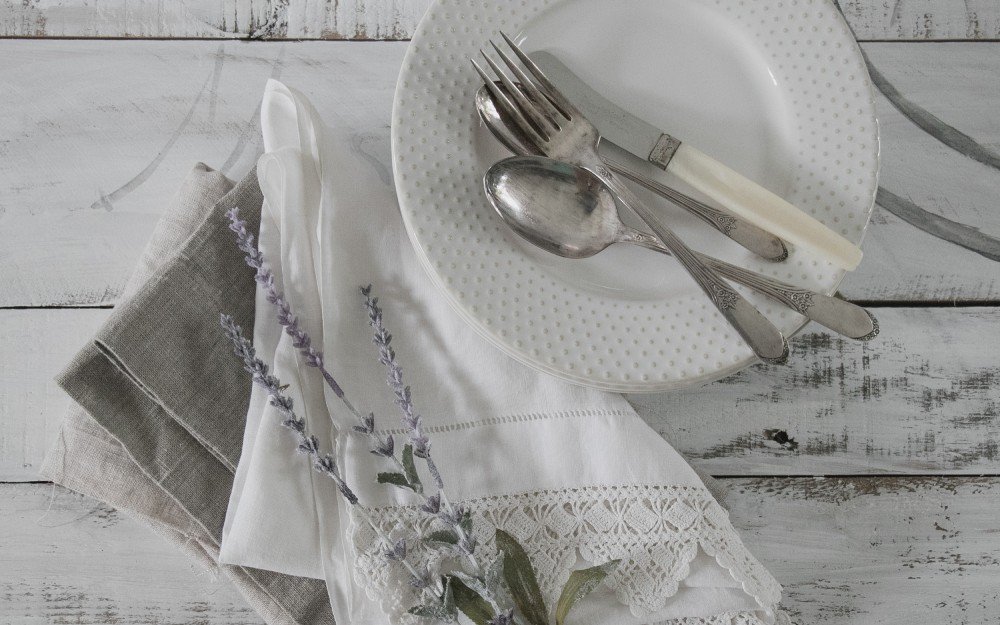
Removing Stains
Stain removal looks different for each fabric and stain type. You should be familiar with most if not all, techniques to keep your linens looking at their best.
Food Stains
For food stains, immediately scrape off any solid residue with a dull knife. Then:
-
Soak the stained area in cold water for at least 30 minutes or until the stain fades.
-
Wash it according to the fabric's care label instructions.
-
Add baking soda to the wash to deodorize smelly stains.
Oil Stains
Here's what to do to remove oil stains from cotton napkins or linen:
-
Cover the stain with liquid dish soap.
-
Use a clothes brush to rub the dish soap onto the surface gently.
-
Let it sit for 15 minutes.
-
Rinse with cold water, and then run a cycle in the washing machine as you normally would.
Wine Stains
Remove wine stains with this simple method:
-
Use a dry cloth or paper towel to blot the stain. Remove as much liquid as you can.
-
Pour cold club soda over the stain.
-
Put salt on the stain saturated by club soda. It will prevent the staining from seeping deeper into the fabric.
-
Let the solution sit on the stain for 20 minutes.
-
Rinse with cold water out. Once the stain is gone, wash in cool water.
There's another way to clean wine stains but only use it for white linens as hydrogen peroxide can discolor pigmented fabric.
-
Blot the stain to soak up any excess wine.
-
Spray the stain with hydrogen peroxide.
-
Put a spoonful of baking soda on the stain soaked in hydrogen peroxide.
-
Let the mixture sit for 5 minutes.
-
Remove the baking soda mixture with a damp cloth.
-
Blot the stain with a dry cloth.
When the stain air dries, wash it in cold water with detergent as you normally would.
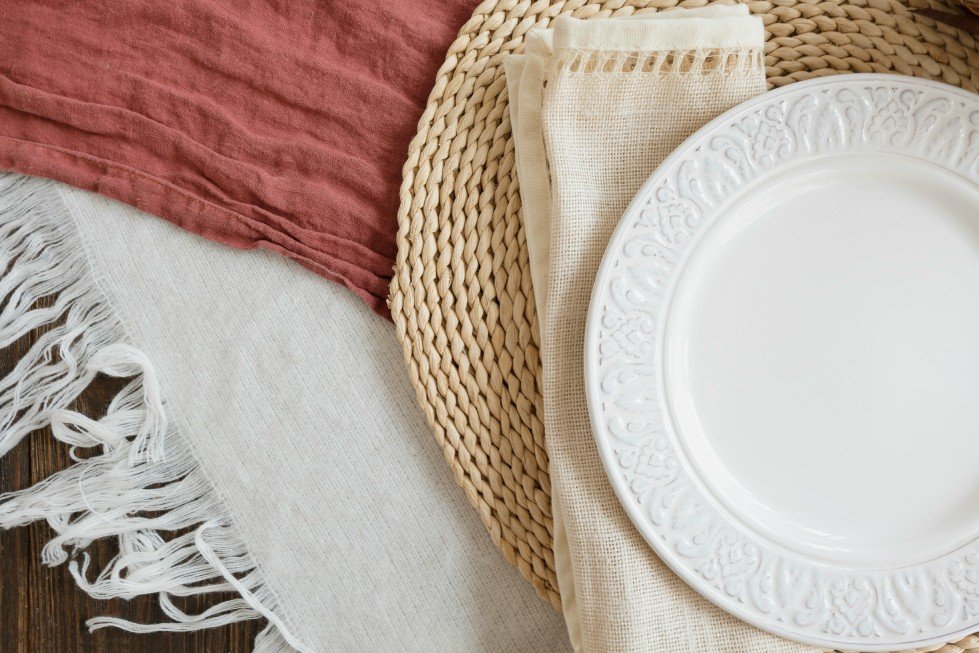
Drying & Ironing Tablecloths and Linens
It's not feasible or economical to buy new tablecloths every other day because your existing ones look shabby. However, business owners often overlook the importance of ironing and drying linens and tablecloths properly – it's just as critical as stain removal and machine washing.
Before you put the tablecloths in the dryer, make sure they are spotless. Use the permanent press setting on your dryer, as it works best for linens.
Just be careful not to over-dry them – give the linens 5 minutes in the dryer, and then pull them out.
The next step is ironing. Here are some tips to make your linens wrinkle-free:
-
Use a Clean Iron: Do your white linens have random black or brown marks on them? It's probably your iron. Clean the iron's soleplate before using it.
-
Iron Correctly: Iron the opposite or wrong side of the fabric. For example, if you're ironing a tablecloth, start with the underside first. Iron it by pressing the iron over it, not back and forth. Work your way to the edges. Then, iron the right side.
-
Use Starch: Do you create fancy designs with your tablecloths? You can make them look more crisp and sharp if you use starch, as it adds stiffness to the fabric.
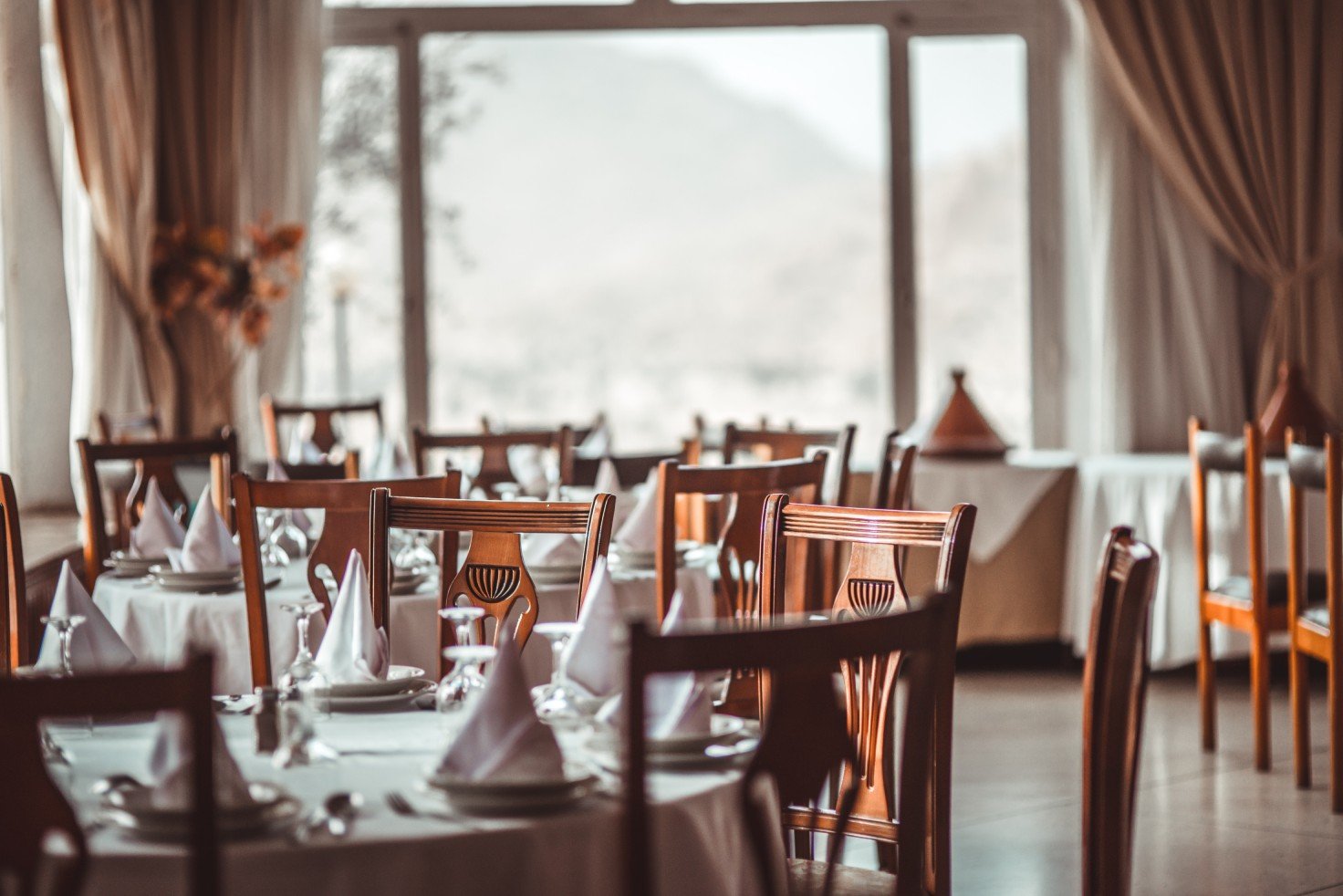
Proper Storing
The way you store a table linen has a huge impact on its appearance and odor. It can also make the fabric last a longer or shorter period.
The first tip here is not to store table linens when they're damp. After taking them out of the dryer, give them time to cool down and air dry before you store them in your cupboard or closet. Otherwise, you'll be attracting mold and mildew.
Once the linens have dried, you have two options to store them: hanging or storing flat. For the former, use a padded hanger for heavier linens like tablecloths and sheets and a regular hanger for lighter ones like napkins.
If you want to store the tablecloths flat, wrap each one of them in acid-free tissue paper, which is acid-free and won't yellow the fabric over time.
Let's move on to the order of storage. Here's how you need to store lines from bottom to top:
-
Placemats
-
Napkins and Fabric tablecloths
-
Lace pieces or other delicate pieces
Pro Tip: If you've used starch during ironing, be careful about storage. Starch is an insect attractor. Store these linens in a bug-free area.
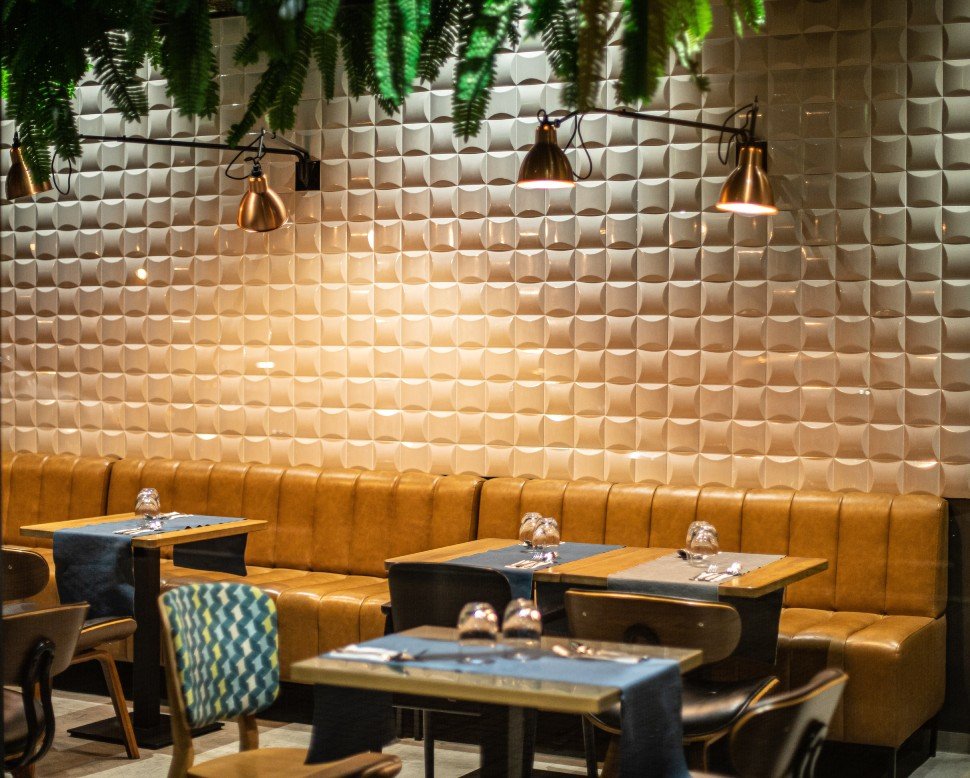
Elevate & Simplify Your Restaurant's Linen Care with Rinse
Managing a restaurant is tough, from keeping track of inventory to training staff – the list is endless. Why not outsource the linen care part?
Rinse can provide you with a professional solution for your restaurant linen care. We have been doing this for quite some time, making our professional cleaners experts in this space.
We assure you that our cleaning procedures will meet the stringent standards of hygiene required in the hospitality industry while making the whole process extremely convenient for you.
All you have to do is put the linens in a bag, and we'll come pick it up for you. We'll sort, wash, and fold the items and return them to your doorstep fresh and clean. If you'd rather we dry clean your linen, that's also an option.
Contact us at Rinse today to see our skill in action.


